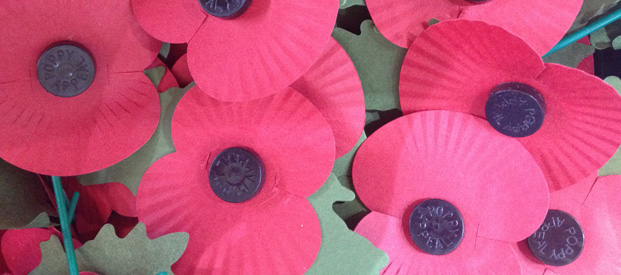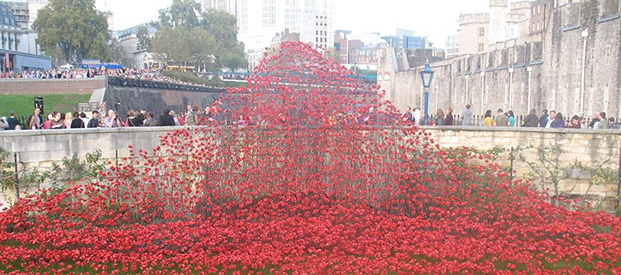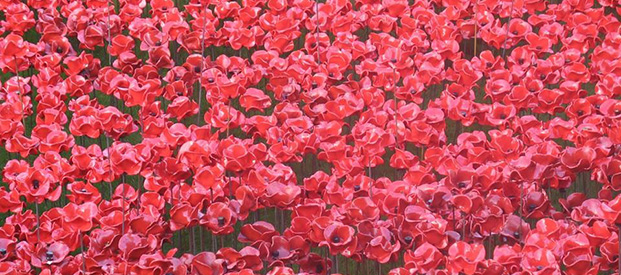Armistice Day
11th November is Armistice Day. On this day we commemorate the end of the First World War, and honour all those who died in this war and in World War II and other conflicts around the globe.
Armistice Day has been firmly fixed on the calendar ever since November 1919 when King George V asked the nation to observe a silence in memory of those who died in the First World War.
Two minute silence
At the eleventh hour on the eleventh day of the eleventh month each year, a two minute silence is observed at military bases, memorials, town halls, shopping centres, churches, workplaces and schools. At the Cenotaph in Whitehall, members of the Royal Family, politicians and other citizens lay wreaths in remembrance, while at the same time other events take place throughout the UK and overseas.
Memorial events
At the National Memorial Arboretum in Staffordshire, hundreds of people attend an outdoor service to pay tribute to the servicemen and women who have died on duty or as a result of terrorism. The ceremony is held within the memorial which is designed so that at the moment of the silence, a shaft of sunlight dissects the inner and outer walls, and falls on a bronze wreath sculpture.
The largest and most famous Armistice Parade in Britain is at Bedworth in Warwickshire, attracting around 5,000 people including bands, standard bearers, veterans, cadets, scouts and guides, and schoolchildren. Most years a Second World War aeroplane flies overhead and poppy petals drop from the sky.
In Trafalgar Square, the morning of 11 November begins with music and song performances leading up to the two minute ‘Silence in the Square’. After this, people place poppy petals in the fountains as a mark of respect.
Meanwhile at Ypres in Belgium, after a service in St George’s Church, all those present form a parade, each person carrying a poppy petal. The petals are collected and later released from the roof of the Menin Gate. France honours the day with a military parade and service at the Arc de Triomphe in Paris, where the eternal flame, first lit in 1923, still burns beside the Tomb of the Unknown Soldier.
Armistice Day is always commemorated on 11 November, whichever day of the week it may be. The alternative date for memorial events is the nearest Sunday to Armistice Day, known as Remembrance Sunday. This year it will be marked on Sunday 9 November 2014.
First World War Centenary
In this the centenary year of the beginning of the First World War, Armistice Day takes on an extra significance. Throughout 2014 at the Tower of London, a ‘sea’ of blood-red ceramic poppies surrounding the Tower has made its impact on thousands of visitors. This visual reminder of the consequences of war comes to a conclusion on Armistice Day, when the number of poppies reaches 888,246, one for each British and Colonial death in World War I. After this day, the poppies will be removed.
In contrast to the transience of the poppies at the Tower, the Flanders Fields Memorial Garden is a lasting tribute, opened just days before Armistice Day 2014 by Her Majesty the Queen at Guards Museum. The garden is made with soil collected from the battlefields of Flanders. At its heart are these moving words from the poem written in 1914 by Lieutenant Colonel John McCrae:
In Flanders fields the poppies blow
Between the crosses, row on row,
That mark our place; and in the sky
The larks, still bravely singing, fly
Scarce heard amid the guns below.
We are the Dead. Short days ago
We lived, felt dawn, saw sunset glow,
Loved and were loved, and now we lie
In Flanders fields.












